We are republishing here a series of articles that originally appeared in April 1986 under the title “One hundred years since the Haymarket frame-up.” The articles were published in the Bulletin, the newspaper of the Workers League, forerunner of the Socialist Equality Party in the US.
The first part of this three-part series was posted May 11.
The political outlook advanced in the “Chicago Idea” and championed by Albert Parsons and August Spies at the Pittsburgh Conference of 1883, anticipated the later development of anarcho-syndicalism.
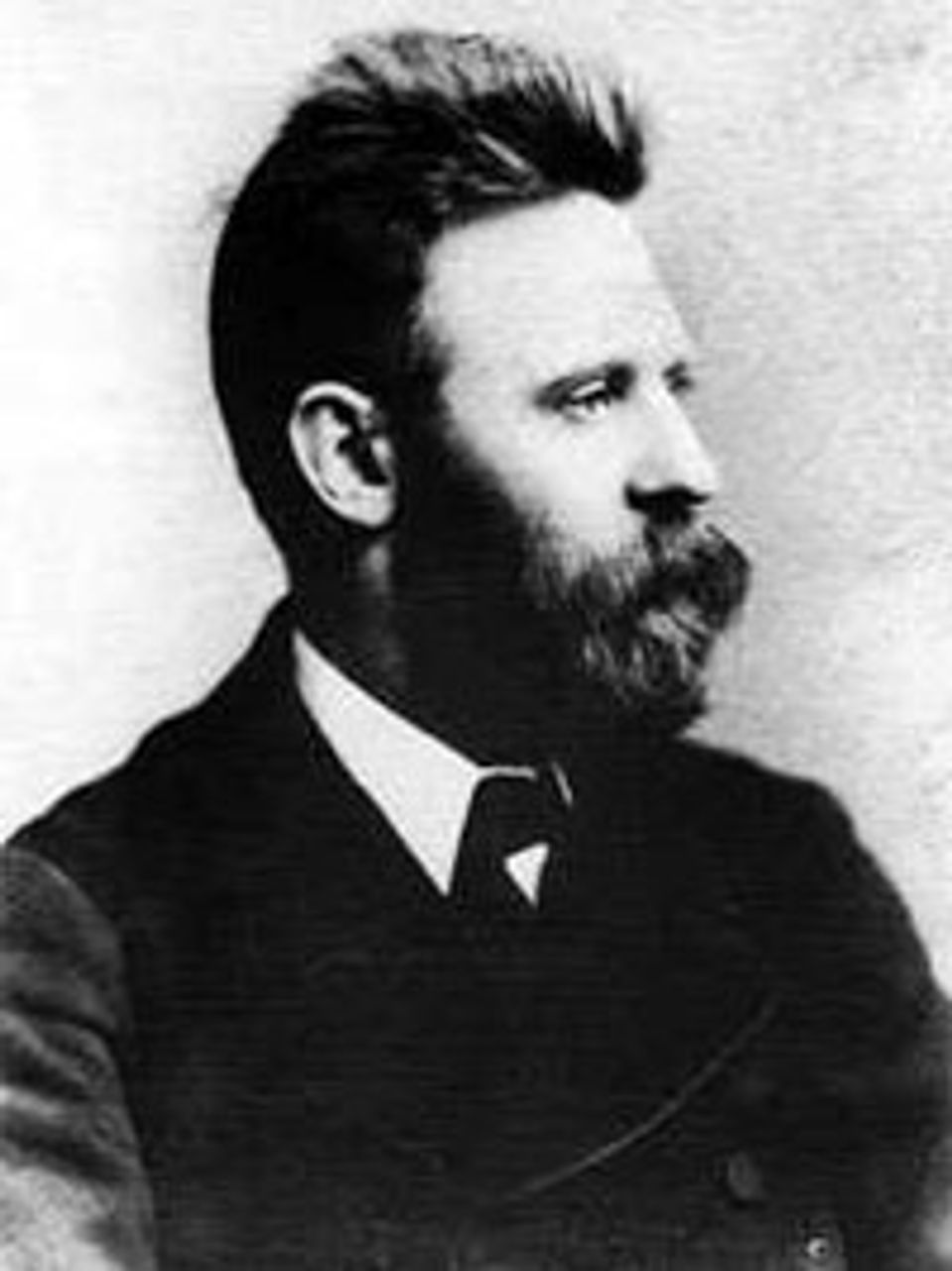 Johann Most
Johann MostIt was their conception that the trade unions could serve only as organizations of revolutionary struggle for the overthrow of capitalism, and not for the acquisition of piecemeal economic concessions. The “Chicago Idea” carried the majority of the conference, despite the opposition of Johann Most, who was hostile to the unions.
Both Parsons and Spies were soon to discover, however, that in practice they could not hold to this position and hope to win significant support for their revolutionary policies in the growing labor movement in the United States. This fact would become glaringly apparent with the emergence of the Eight-Hour Day Movement.
The major result of the Pittsburgh Congress was the setting up of a national anarchist organization which became known as the International Working People’s Association (IWPA). The IWPA was not a revolutionary party, but an association of more or less autonomous groups which carried out independent activities in the different major cities or areas where they had forces.
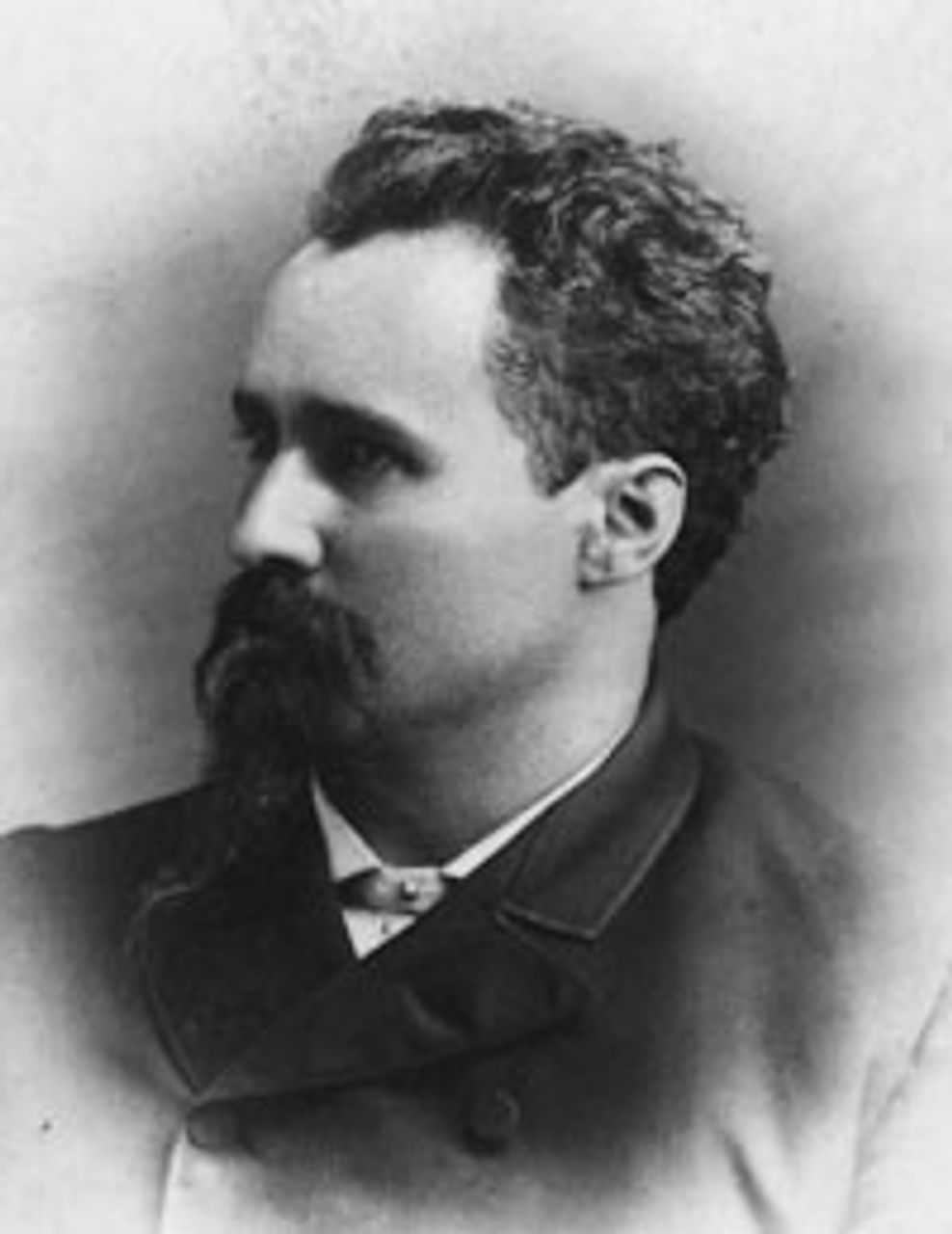 Oscar Neebe
Oscar NeebeBetween 1883 and 1886, under the impact of a resurgence of depression conditions, the IWPA underwent a rapid expansion, with Chicago becoming its major center. In cities where the IWPA experienced considerable growth, coordinating committees were set up. In Chicago, the General Committee included four of the eight Haymarket defendants: Parsons, Spies, Michael Schwab and Oscar Neebe.
Schwab was the associate editor of the Arbeiter-Zeitung and, working with Spies, helped build the publication into one of the leading German anarchist papers in America, rivaling that of Johann Most’s Freiheit in New York.
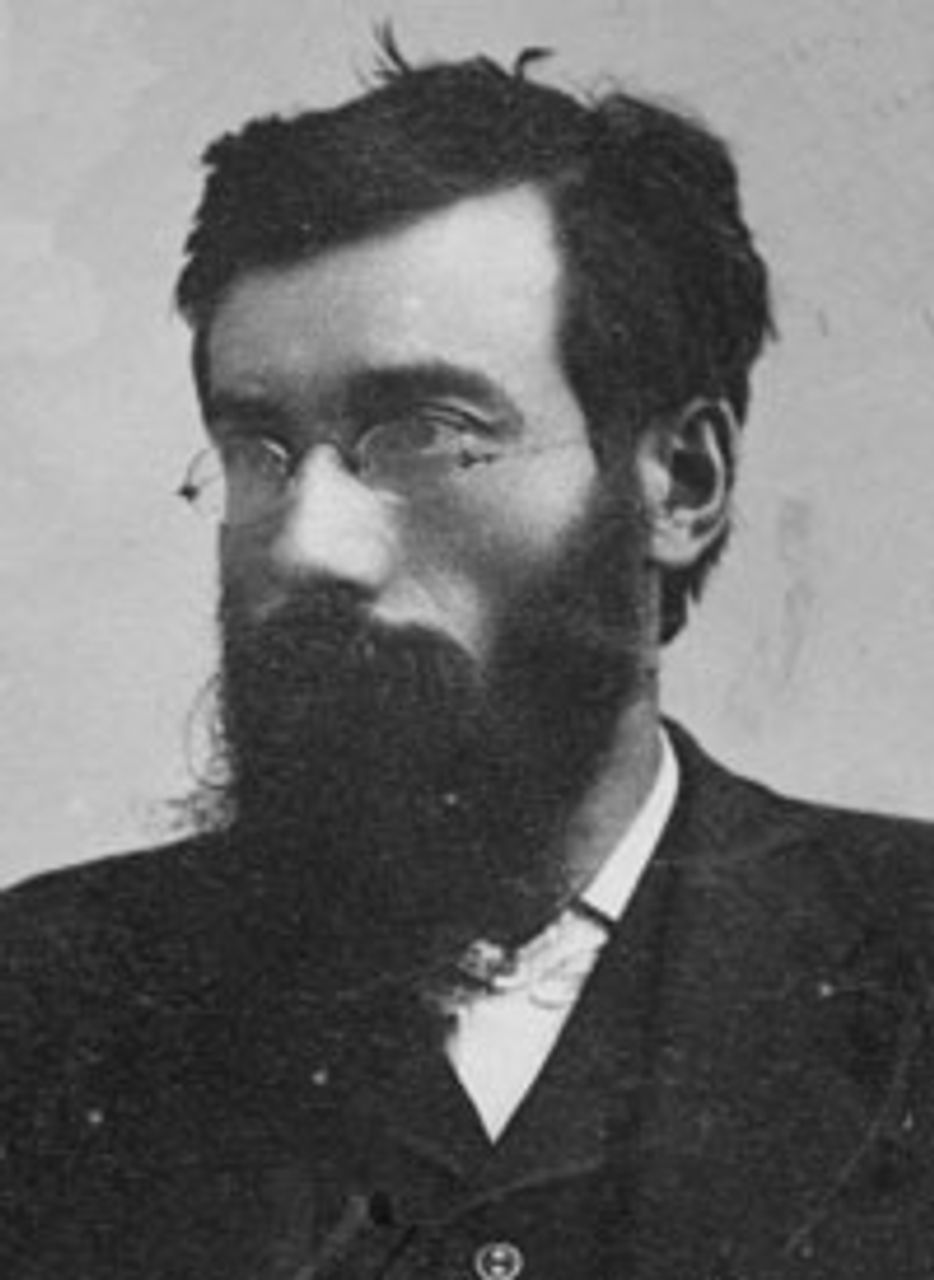 Michael Schwab
Michael SchwabBorn in the Franconia region of northern Bavaria, Schwab’s first contact with the socialist movement occurred when, in 1872, under the notorious Anti-Socialist laws, German Marxists August Bebel and Wilhelm Liebknecht were tried and imprisoned.
That year, Schwab became a bookbinder and joined the Social Democratic Party. During his “Wanderjahre,” when he traveled widely through Germany, Austria and Switzerland in order to perfect his craft, Schwab was deeply angered by the poverty and exploitation around him. In 1879, he emigrated to America.
Schwab was 32 at the time of the Haymarket incident. A quiet man with a scholarly bearing, Schwab was particularly popular among the German anarchists.
Oscar Neebe was born in New York of German parents, but spent much of his childhood in Germany. Neebe joined the socialist movement while in Chicago and was immediately fired from his job and blacklisted.
Although he appears throughout the Haymarket events as a figure of lesser stature, he was, in fact, well known in the working class as one of the IWPA’s most capable organizers in Chicago. Through his tireless work, bakers, beer wagon drivers and brewery workers were organized and secured wage increases and a ten-hour day.
In Chicago, where the anarchist movement flourished, there were several organizations that coexisted under the umbrella of the IWPA. These groups owed their identity mainly to the national origin and language of their members.
In New York, for instance, there emerged Italian- and Yiddish-speaking anarchist groups, along with the German groups. In Chicago, there was a German group, with its newspapers, the Arbeiter-Zeitung and Verbote, a Bohemian group and an English-speaking group.
Paul Avrich, in his book The Haymarket Tragedy, described the latter “American Group” as “a remarkable band” that included Parsons, Spies, Fielden, Fischer and Neebe. “Women,” he wrote, “played a conspicuous role in its activities, most notably Lucy Parsons, Lizzie May Holmes and Sarah E. Ames. As in the International at large, nearly all of the members were workers” (Avrich, The Haymarket Tragedy, Princeton: Princeton University Press, 1986, p. 99).
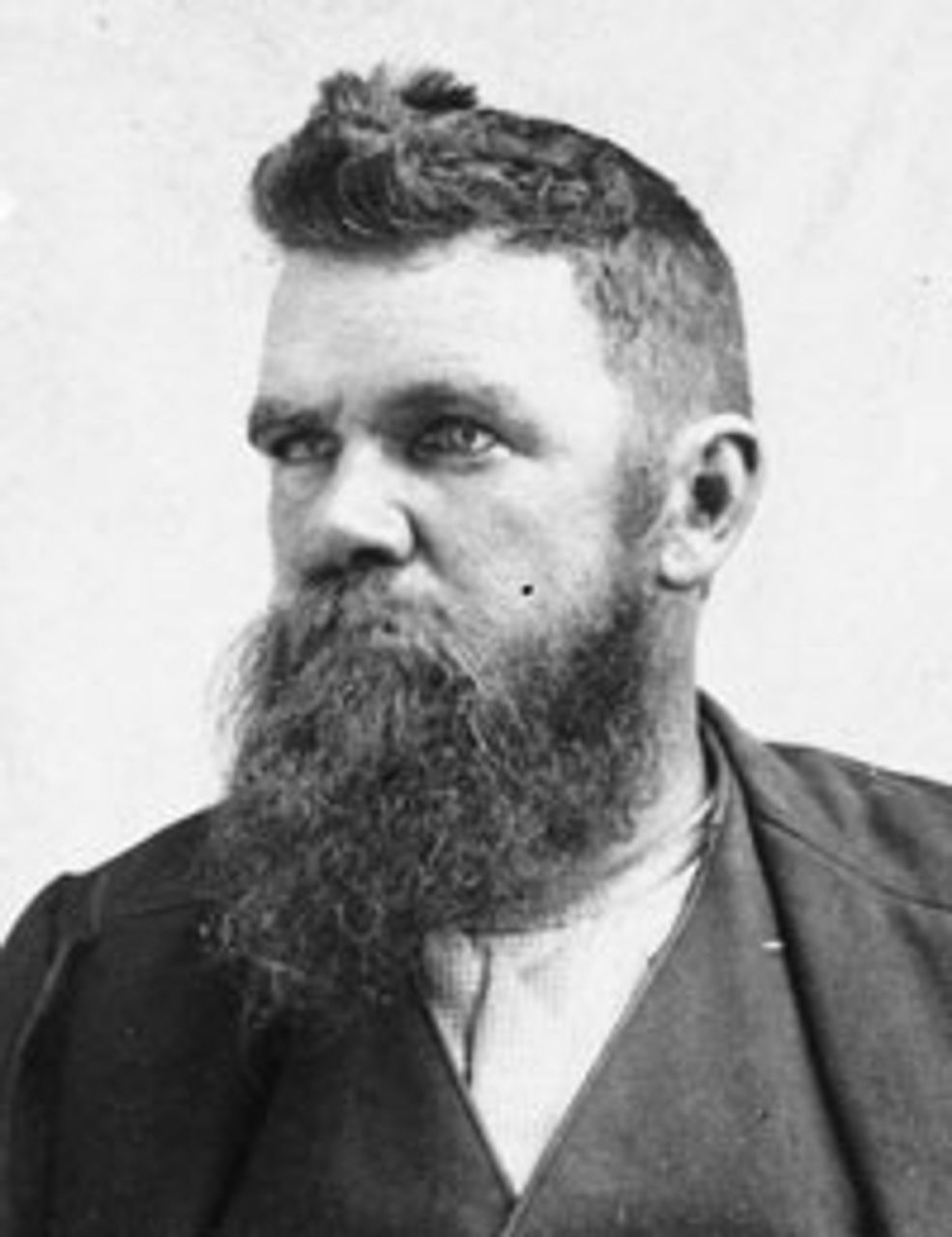 Samuel Fielden
Samuel FieldenA number of the American Group’s members were from the British Isles, the most important among them being Samuel Fielden. He was a native of Lancashire and worked in the very cotton mills that Marx and Engels used as the basis for their analysis of the conditions of the English working class.
Fielden’s father was a weaver by trade and a Chartist, and every Sunday his household was filled with politically advanced workers discussing current issues. The young Fielden was also influenced by the evangelical Methodism of his mother. These two seemingly antithetical influences produced a young man imbued with a fervent hatred of injustice.
Within the Chicago IWPA, Fielden became, next to Parsons, the movement’s most popular English-speaking orator. His comrade, Lizzie Holmes, described him as “a man of the people. His sturdy eloquence, rising from a warmly beating heart rather than from a cultured brain, reached the masses and stirred and welded them together, as few men could.”
The IWPA leaders nationally, and especially in Chicago, were unrivaled both in their devotion to the working class and their unbounded energy. They were extremely active, publishing at least a dozen newspapers and numerous pamphlets, holding meetings, marches and social events—often combining them into one gala activity.
Parsons was the group’s driving force. During this period, he emerged as one of the principal revolutionary figures in the United States. Traveling throughout the East and Midwest, he was one of the great orators of the period. When he spoke, whether to miners in Appalachia or workers in New York City, Parsons fought passionately for workers to understand the necessity for the socialist revolution.
Parsons was vehemently opposed to any notion of American exceptionalism. In an 1885 speech, he declared, “America is not a free country. The economic conditions of the workers here are precisely the same as they are in Europe. A wage slave is a slave everywhere, without any regard to the country he may happen to have been born in or may be living in.”
All was not unanimity within the anarchist movement, however. There were those among the Germans who considered Spies and Schwab too moderate. They were known as the “autonomist” faction, and included two of the Haymarket defendants, both of whom met their deaths as a result of the frameup. They were radical, genuinely anarchist, elements who favored decentralization. Opposed to virtually all forms of organization, including trade unions, the “autonomists” refused to send delegates onto the leading committees.
Adolph Fischer and George Engel belonged to the North-West Side Group, which was the stronghold of this tendency. Fischer was only 27 at the time of the Haymarket bombing, while Engel was the oldest of the defendants. Both were dedicated revolutionists, but tended toward individualism and lacked the theoretical development of Parsons and Spies. Their demeanor, nonetheless, was dignified and heroic throughout the Haymarket ordeal.
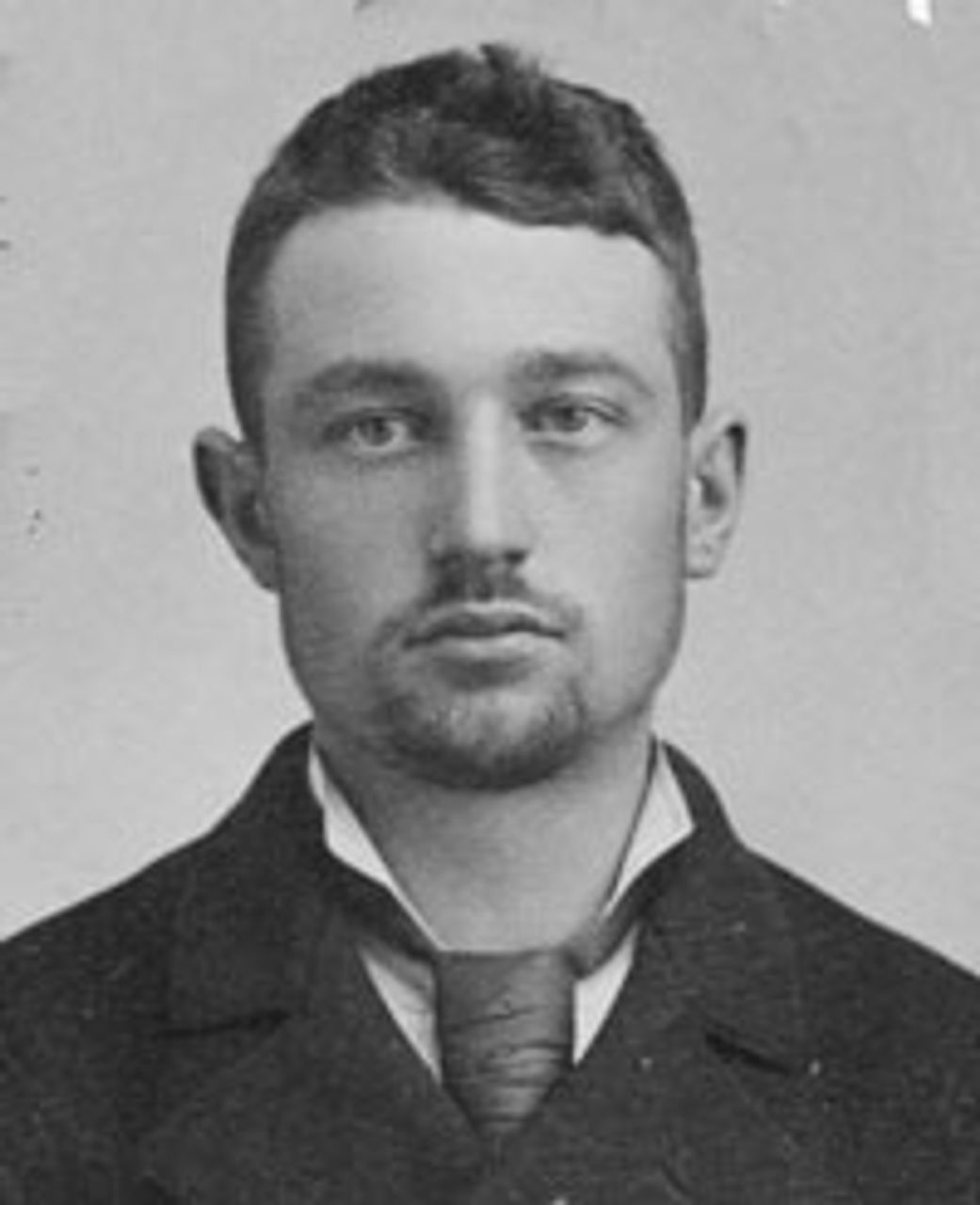 Louis Lingg
Louis LinggLouis Lingg, 23, the youngest defendant, committed suicide before his execution. Although Lingg was not a member of the “autonomist” faction, he was an advocate of violent action against the ruling class, and was the only defendant who was known to have definitely manufactured bombs.
Frank Harris, in his book about Haymarket, The Bomb, wrote of Lingg: “He had the martyr’s pity for men, the martyr’s sympathy with suffering and destitution, the martyr’s burning contempt for greed and meanness, the martyr’s hope in the future, the martyr’s belief in the ultimate perfectibility of man” (Harris, The Bomb, Chicago: University of Chicago Press, 1963, p. 320).
Paul Avrich, in The Haymarket Tragedy, observes that all three men—Fischer, Engel and Lingg—were advocates of “propaganda of the deed,” and capable from the standpoint of both politics and temperament of throwing the Haymarket bomb. Yet their innocence was firmly established despite the frameup nature of the trial.
The Chicago anarchists desired and fought for the immediate overthrow of capitalism, eschewing, at least in theory, the struggle for immediate economic gains. Some, as has already been noted, even opposed the trade unions.
Political limitations of anarchism
The limitations in their political outlooks were not due to individual shortcomings. In virtually every respect, the Haymarket martyrs and those like Lucy Parsons and others who marched and fought with them stood head and shoulders above the likes of Terence Powderly and Samuel Gompers.
The development and attractiveness of anarchism had definite social roots in the formation of the industrial working class itself. In The Haymarket Tragedy, Avrich notes that most of the leaders of the movement belonged to the dwindling class of small artisans and tradesmen. Many in the movement, and especially among the leadership, felt acutely threatened by the rapid deployment of machinery and the factory system, and the horrible social dislocation and brutal exploitation that resulted from it.
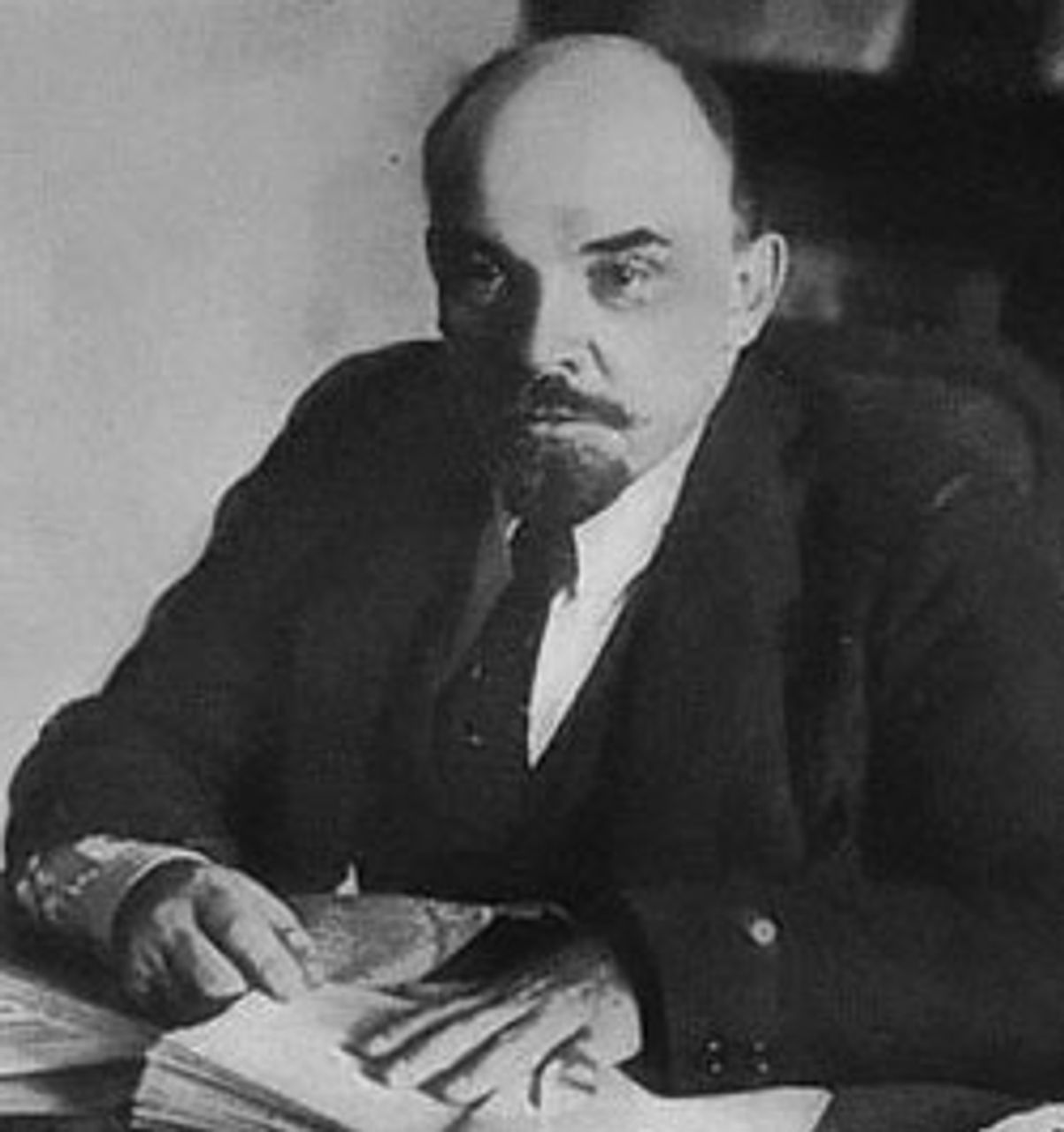 Lenin at his desk in 1919
Lenin at his desk in 1919The anarchists fought uncompromisingly for the overthrow of capitalism, but lacked a scientific grasp of how that was to be achieved. Lenin, in a thesis on anarchism written in 1901 and drawing upon the lessons of the Paris Commune as well as Narodism in Russia, summed up in brilliant fashion its principle shortcomings:
“1. Anarchism, in the course of the 35-to-40 years of its existence, has produced nothing but general platitudes against exploitation. What is missing is an understanding of the development of society, which leads to socialism; an understanding of the class struggle as the creative force for the realization of socialism.
“2. An understanding of the causes of exploitation. Private property as the basis of commodity economy. Social property in the means of production. In anarchism—nil. Anarchism is bourgeois individualism in reverse. Individualism is the basis of the entire anarchist world outlook. Defense of petty property and petty economy on the land. Negation of the unifying and organizing power of authority.
“3. Failure to understand the development of society—the role of large-scale production—the development of capitalism into socialism. (Anarchism is the product of despair. The psychology of the unsettled intellect or the vagabond, and not of the proletarian.)
“4. Failure to understand the class struggle of the proletariat. Absurd negation of politics into bourgeois society. Failure to understand the role of organization and the education of the workers. Panaceas consisting of one-sided, disconnected means.
“5. What has anarchism, at one time dominant in the Romance countries, contributed in recent European history? No doctrine, revolutionary teaching or theory. Fragmentation of the working class movement. Complete fiasco in the experiments of the revolutionary movement (Proudhonism, 1871; Bakuninism, 1873). Subordination of the working class to bourgeois politics in the guise of negation of politics.” (Lenin, vol. 5, Collected Works, pp. 327-28)
Lenin’s criticism is correct and uncompromising. These political and theoretical deficiencies of the Haymarket defendants do not detract from their devotion to the working class and the enormity of their sacrifice. Yet their lack of a scientific and Marxist perspective was evident as the Eight-Hour Movement exploded.
The Eight-Hour movement
At the 1884 convention of the Federation of Organized Trades and Labor Unions of the United States and Canada, the following resolution was passed. “Resolved ... that eight hours shall constitute a legal day’s labor from and after May 1, 1886, and that we recommend to labor organizations throughout this district that they so direct their laws as to conform to this resolution by the time named.”
Up until that time, the conservative leaders of the Federation had depended almost solely on legislative action, but this had proved totally ineffectual. Now the call went out for a “universal” strike on May 1.
The IWPA was initially opposed to the eight-hour struggle, regarding it as reformist and a diversion. In August 1885, Parsons wrote: “Hours of labor, wages, or any other conditions of employment cannot be controlled by those who are in economic bondage and wage slavery ... Comrades, for pity’s sake, do not longer waste your precious time in vain endeavors, but combine to remove the cause which makes labor the slave to capital.”
Spies also opposed the movement and declared, “We can get no real relief without striking at the root of the evil.” Under the banner of “No Compromise,” Parsons’ newspaper The Alarm editorialized in December 1885: “Let us take what we can get, say our eight-hour friends, else by asking too much we may get nothing.
“We answer: Because we will not compromise. Either our position that capitalists have no right to the exclusive ownership of the means of life is a true one, or it is not. If we are correct, then to accede the point that capitalists have the right to eight hours of our labor is more than a compromise, it is a virtual concession that the wage system is right.”
Meanwhile, the Eight-Hour Movement was gathering steam. According to the labor journal John Swinton’s Paper: “There is eight-hour agitation everywhere.” By the spring of 1886, nearly a quarter-of-a-million workers were involved in the struggle.
The anarchists, perceiving how powerfully the eight-hour fight had gripped the working class, began to reconsider their position. Parsons and Spies recognized that they could not remain distant from such an important movement in the working class. Moreover, being revolutionists, they saw it as an opportunity to advance the social revolution, in contrast to the purely reformist considerations of the Federation leaders.
Parsons and Spies aligned themselves with the Eight-Hour Movement, and were soon joined by Fielden, Schwab and William Holmes, a leading Chicago anarchist of British extraction and a close friend of Parsons. Parsons, in explaining their changed attitude toward the movement, wrote that it was a “movement against class domination, therefore historical and revolutionary and necessary ... We did not choose to stand aloof and be misunderstood by our fellow workers.”
The IWPA leaders in Chicago threw themselves totally into the eight-hour struggle and quickly supplanted the more conservative labor organizations as the principal leaders of the movement. Parsons, Spies, Fielden and Schwab became the most popular speakers at eight-hour rallies.
In The Haymarket Tragedy, Avrich describes their impact on the workers. “Largely as a result of their efforts, Chicago emerged as the most dynamic center of the eight-hour crusade. Every week, throughout the early spring of 1886, meetings were held, leaflets distributed, and speeches made demanding shorter hours and lashing out at the capitalist system.
“On April 25, the Sunday preceding May 1, the Central Labor Union [an IWPA-led organization] staged an immense eight-hour demonstration on the lakefront at which an estimated 25,000 persons were addressed by Parsons, Spies, Fielden and Schwab. Banners in English and German contained both reformist and revolutionary slogans: ‘Eight Hours Working Time, May 1, 1886,’ ‘Private Capital Represents Stolen Labor,’ ‘Workingmen Arm,’ ‘Down With Throne, Altar and Money Bags.’
“Parsons delivered a warning. ‘If the capitalists by the lockout raise the black flag of starvation against the producers of wealth, then the producers will raise the banner of liberty, equality and fraternity.’ A number of the anarchists began to expect that the revolution was not far off, and that the movement was preparing to establish the ‘Chicago Commune’” (Avrich, The Haymarket Tragedy, Princeton: Princeton University Press, 1986, p. 184).
The growing revolutionary temper of the masses terrified the bourgeoisie, whose class hostility was particularly vented against the two leaders of the movement, Parsons and Spies. On the eve of May 1, the Chicago Mail wrote: “There are two dangerous ruffians at large in this city, two sneaking cowards who are trying to create trouble. One of them is named Parsons. The other is named Spies. Should trouble come they would be the first to skulk away from the scene of danger, the first to attempt to shield their worthless carcasses from harm, the first to shirk responsibility.
“These two fellows have been at work fomenting disorder for the last ten years. They should have been driven out of this city long ago. They would not be tolerated in any other community on earth.
“Parsons and Spies have been engaged for the past six months in perfecting arrangements for precipitating a riot today. They have taken advantage of the excitement attending the eight-hour movement to bring about a series of strikes and to work injury to capital and honest labor in every possible way. They have no love for the eight-hour movement, and are doing all they can to hamper it and prevent its success. These fellows do not want any reasonable concessions. They are looking for riot and plunder. They haven’t got one honest aim nor one honorable end in view.
“Mark them for today. Keep them in view. Hold them personally responsible for any trouble that occurs. Make an example of them if trouble does occur.”
Thus was the ruling class preparing for the first May Day. The stage was being set for Haymarket.
To be continued
